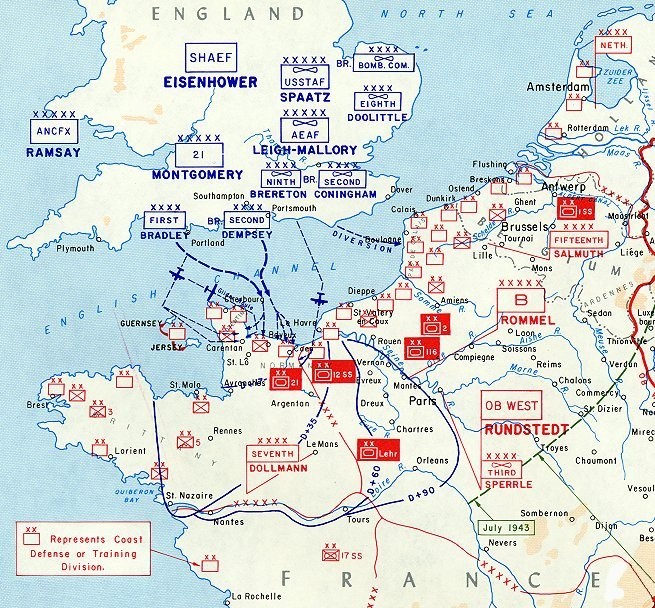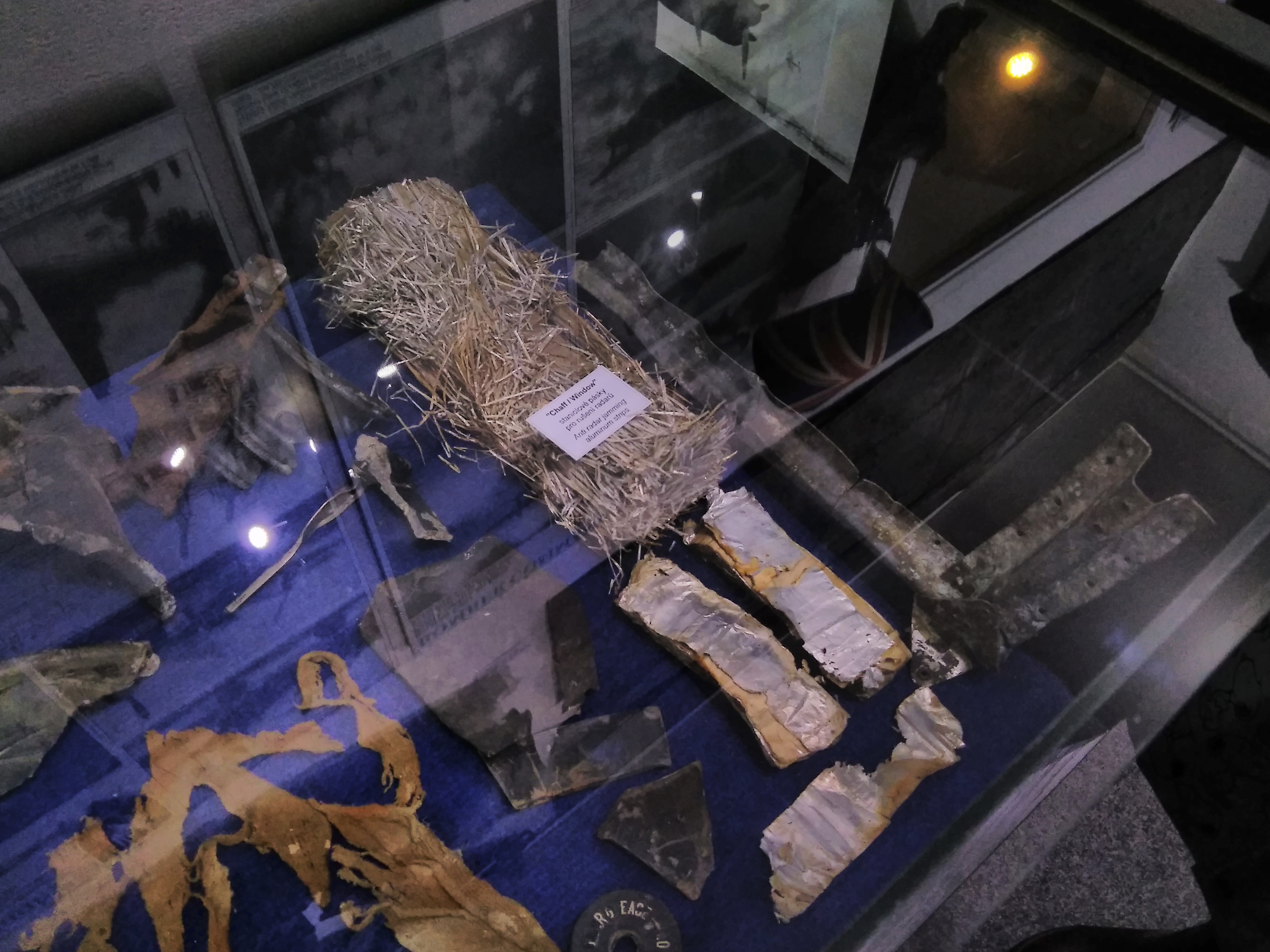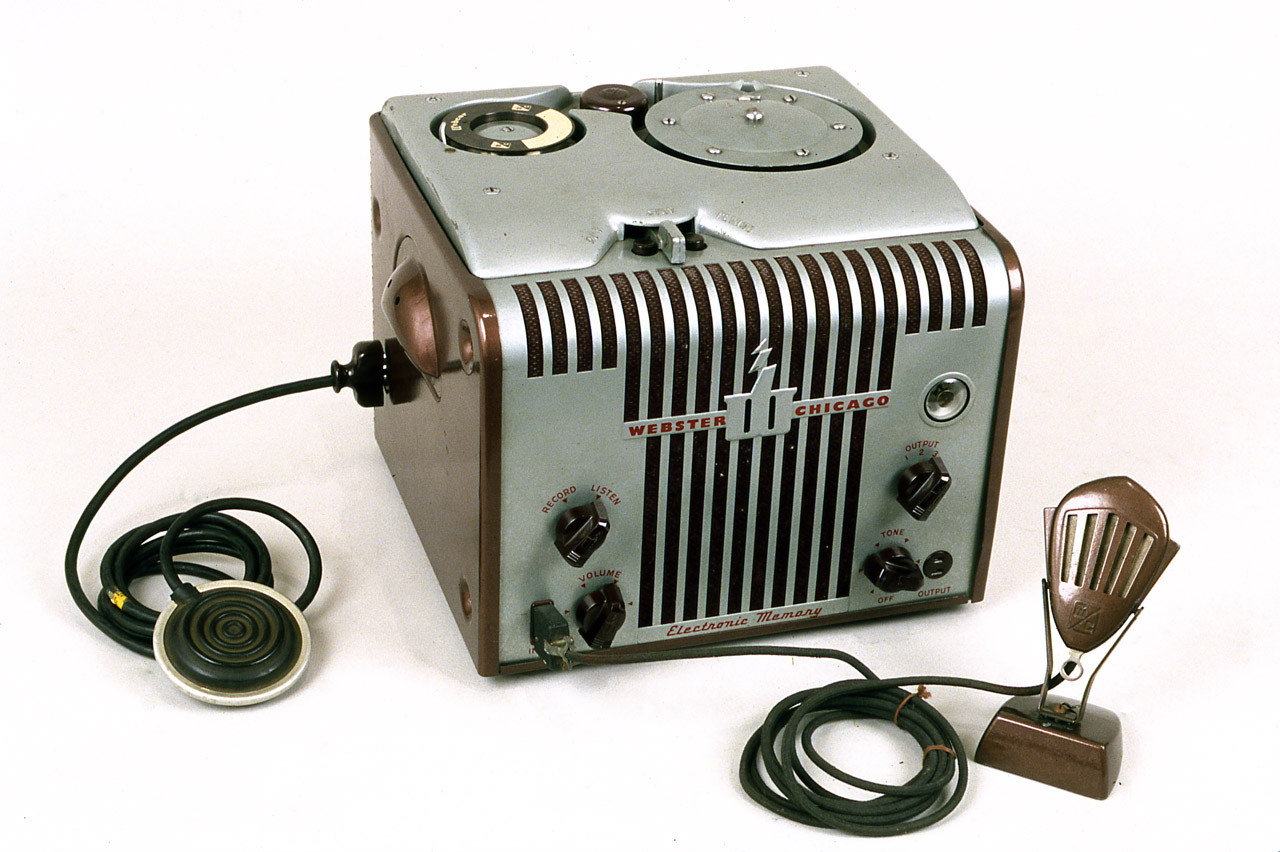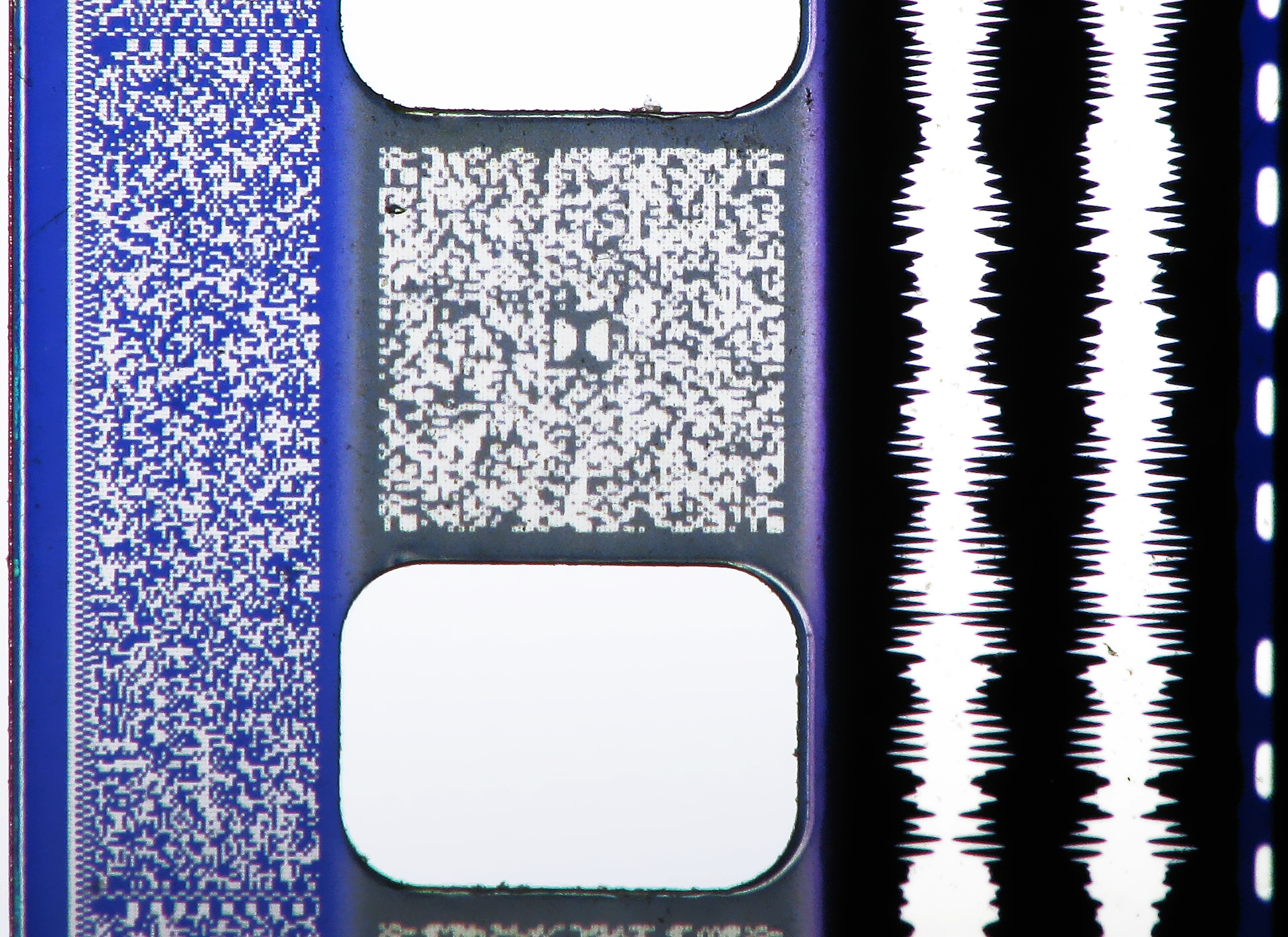|
Operation Titanic
Operation Titanic was a series of military deceptions carried out by the Allied Nations during the Second World War. They formed part of tactical element of Operation Bodyguard, the cover plan for the Normandy landings. Titanic was carried out on 5–6 June 1944 (the night of the invasion) by the Royal Air Force and the Special Air Service. Its objective was to drop hundreds of dummy parachutists, noisemakers and small numbers of special forces troops in locations away from the real Normandy drop zones. It hoped to deceive the German defenders into believing that a large force had landed, drawing troops away from the beachheads and other strategic sites. Titanic was undertaken by four squadrons from No. 3 Group RAF (the special duties squadrons) alongside detachments from the 2nd SAS Regiment. It accompanied other tactical deceptions including Operations Glimmer and Taxable and wide ranging radar deception. Overall the results of Titanic were broadly achieved. Intercepts of Germ ... [...More Info...] [...Related Items...] OR: [Wikipedia] [Google] [Baidu] |
Operation Bodyguard
Operation Bodyguard was the code name for a World War II deception strategy employed by the Allied states before the 1944 invasion of northwest Europe. Bodyguard set out an overall stratagem for misleading the Oberkommando der Wehrmacht as to the time and place of the invasion. Planning for Bodyguard was started in 1943 by the London Controlling Section, a department of the war cabinet. They produced a draft strategy, referred to as Plan Jael, which was presented to leaders at the Tehran Conference in late November and, despite scepticism due to the failure of earlier deception strategy, approved on 6 December 1943. Bodyguard was a strategy under which all deception planners would operate. The overall aim was to lead the Germans to believe that an invasion of northwest Europe would come later than was planned and to expect attacks elsewhere, including the Pas-de-Calais, the Balkans, southern France, Norway and Soviet attacks in Bulgaria and northern Norway. The key part of th ... [...More Info...] [...Related Items...] OR: [Wikipedia] [Google] [Baidu] |
Pas-de-Calais
Pas-de-Calais (, " strait of Calais"; pcd, Pas-Calés; also nl, Nauw van Kales) is a department in northern France named after the French designation of the Strait of Dover, which it borders. It has the most communes of all the departments of France, 890, and is the 8th most populous. It had a population of 1,465,278 in 2019.Populations légales 2019: 62 Pas-de-Calais INSEE The Calais Passage connects to the on the . Pas-de-Calais borders the departments of [...More Info...] [...Related Items...] OR: [Wikipedia] [Google] [Baidu] |
Lockheed Hudson
The Lockheed Hudson is a light bomber and coastal reconnaissance aircraft built by the American Lockheed Aircraft Corporation. It was initially put into service by the Royal Air Force shortly before the outbreak of the Second World War and primarily operated by it thereafter. The Hudson was a military conversion of the Model 14 Super Electra airliner, and was the first significant aircraft construction contract for Lockheed — the initial RAF order for 200 Hudsons far surpassed any previous order the company had received. The Hudson served throughout the war, mainly with Coastal Command but also in transport and training roles, as well as delivering agents into occupied France. It was also used extensively with the Royal Canadian Air Force's anti-submarine squadrons and by the Royal Australian Air Force. Design and development In late 1937 Lockheed sent a cutaway drawing of the Model 14 to various publications, showing the new aircraft as a civilian aircraft and converte ... [...More Info...] [...Related Items...] OR: [Wikipedia] [Google] [Baidu] |
Handley Page Halifax
The Handley Page Halifax is a British Royal Air Force (RAF) four-engined heavy bomber of the Second World War. It was developed by Handley Page to the same specification as the contemporary twin-engine Avro Manchester. The Halifax has its origins in the twin-engine ''HP56'' proposal of the late 1930s, produced in response to the British Air Ministry's Specification P.13/36 for a capable medium bomber for "world-wide use." The HP56 was ordered as a backup to the Avro 679, both aircraft being designed to use the underperforming Rolls-Royce Vulture engine. The Handley Page design was altered at the Ministry to a four-engine arrangement powered by the Rolls-Royce Merlin engine; the rival Avro 679 was produced as the twin-engine Avro Manchester which, while regarded as unsuccessful mainly due to the Vulture engine, was a direct predecessor of the famed Avro Lancaster. Both the Lancaster and the Halifax emerged as capable four-engined strategic bombers, thousands of which were bu ... [...More Info...] [...Related Items...] OR: [Wikipedia] [Google] [Baidu] |
Chaff (countermeasure)
Chaff, originally called Window by the British and ''Düppel'' by the Second World War era German Luftwaffe (from the Berlin suburb where it was first developed), is a radar countermeasure in which aircraft or other targets spread a cloud of small, thin pieces of aluminium, metallized glass fibre or plastic, which either appears as a cluster of primary targets on radar screens or swamps the screen with multiple returns, in order to confuse and distract. Modern armed forces use chaff (in naval applications, for instance, using short-range SRBOC rockets) to distract radar-guided missiles from their targets. Most military aircraft and warships have chaff dispensing systems for self-defense. An intercontinental ballistic missile may release in its midcourse phase several independent warheads as well as penetration aids such as decoy balloons and chaff. Modern radar systems can distinguish chaff from target objects by measuring the Doppler shift; chaff quickly loses speed compared ... [...More Info...] [...Related Items...] OR: [Wikipedia] [Google] [Baidu] |
Wire Recording
Wire recording or magnetic wire recording was the first magnetic recording technology, an analog type of audio storage in which a magnetic recording is made on a thin steel wire. The first crude magnetic recorder was invented in 1898 by Valdemar Poulsen. The first magnetic recorder to be made commercially available anywhere was the Telegraphone, manufactured by the American Telegraphone Company, Springfield, Massachusetts in 1903. The wire is pulled rapidly across a recording head which magnetizes each point along the wire in accordance with the intensity and polarity of the electrical audio signal being supplied to the recording head at that instant. By later drawing the wire across the same or a similar head while the head is not being supplied with an electrical signal, the varying magnetic field presented by the passing wire induces a similarly varying electric current in the head, recreating the original signal at a reduced level. Magnetic wire recording was replaced by ... [...More Info...] [...Related Items...] OR: [Wikipedia] [Google] [Baidu] |
Sound-on-film
Sound-on-film is a class of sound film processes where the sound accompanying a picture is recorded on photographic film, usually, but not always, the same strip of film carrying the picture. Sound-on-film processes can either record an analog sound track or digital sound track, and may record the signal either optically or magnetically. Earlier technologies were sound-on-disc, meaning the film's soundtrack would be on a separate phonograph record. History Sound on film can be dated back to the early 1880s, when Charles E. Fritts filed a patent claiming the idea. In 1923 a patent was filed by E. E. Ries, for a variable density soundtrack recording, which was submitted to the SMPE (now SMPTE), which used the mercury vapor lamp as a modulating device to create a variable-density soundtrack. Later, Case Laboratories and Lee De Forest attempted to commercialize this process, when they developed an Aeolite glow lamp, which was deployed at Movietone Newsreel at the Roxy Theatre ... [...More Info...] [...Related Items...] OR: [Wikipedia] [Google] [Baidu] |
Peter Fleming (writer)
Lieutenant Colonel Robert Peter Fleming (31 May 1907 – 18 August 1971) was a British adventurer, journalist, soldier and travel writer."Obituary Colonel Peter Fleming, Author and explorer". ''The Times'', 20 August 1971 p14 column F. He was the elder brother of Ian Fleming, creator of James Bond. Early life Peter Fleming was one of four sons of the barrister and Member of Parliament (MP) Valentine Fleming, who was killed in action in 1917, having served as MP for Henley from 1910. Fleming was educated at Eton, where he edited the ''Eton College Chronicle''. The Peter Fleming Owl (the English meaning of "Strix", the name under which he later wrote for ''The Spectator'') is still awarded every year to the best contributor to the ''Chronicle''. He went on from Eton to Christ Church, Oxford, and graduated with a first-class degree in English. Fleming was a member of the Bullingdon Club during his time at Oxford. On 10 December 1935 he married the actress Celia Johnson (1908� ... [...More Info...] [...Related Items...] OR: [Wikipedia] [Google] [Baidu] |
Douglas Fairbanks Jr
Douglas Elton Fairbanks Jr., (December 9, 1909 – May 7, 2000) was an American actor, producer and decorated naval officer of World War II. He is best known for starring in such films as ''The Prisoner of Zenda'' (1937), ''Gunga Din'' (1939) and '' The Corsican Brothers'' (1941). The son of Douglas Fairbanks and stepson of Mary Pickford, he was first married, briefly, to actress Joan Crawford. Early life Douglas Elton Fairbanks Jr. was born in New York City; he was the only child of actor Douglas Fairbanks and his first wife, Anna Beth Sully, the daughter of wealthy industrialist Daniel J. Sully. Fairbanks' father was one of cinema's first icons, noted for such swashbuckling adventure films as '' The Mark of Zorro'', ''Robin Hood'' and '' The Thief of Bagdad''. Fairbanks had small roles in his father's films '' American Aristocracy'' (1916) and ''The Three Musketeers'' (1921). His parents divorced when he was nine years old, and both remarried. He lived with his mother i ... [...More Info...] [...Related Items...] OR: [Wikipedia] [Google] [Baidu] |
Burlap
Hessian (, ), burlap in the United States and Canada, or crocus in Jamaica and the wider Caribbean, is a woven fabric usually made from skin of the jute plant or sisal fibres, which may be combined with other vegetable fibres to make rope, nets, and similar products. Gunny is similar in texture and construction. Hessian, a dense woven fabric, has historically been produced as a coarse fabric, but more recently it is being used in a refined state known simply as jute as an eco-friendly material for bags, rugs and other products. The name "hessian" is attributed to the historic use of the fabric as part of the uniform of soldiers from the former Landgraviate of Hesse and its successors, including the current German state of Hesse, who were called " Hessians". Hessian cloth is available in different types of construction, form, size and color. The origin of the word ''burlap'' is unknown, though its earliest known appearance is in the late 17th century, and its etymology is specu ... [...More Info...] [...Related Items...] OR: [Wikipedia] [Google] [Baidu] |
Supreme Headquarters Allied Expeditionary Force
Supreme Headquarters Allied Expeditionary Force (SHAEF; ) was the headquarters of the Commander of Allied forces in north west Europe, from late 1943 until the end of World War II. U.S. General Dwight D. Eisenhower was the commander in SHAEF throughout its existence. The position itself shares a common lineage with Supreme Allied Commander Europe and Atlantic, but they are different titles. History during the Second World War Eisenhower transferred from command of the Mediterranean Theater of Operations to command SHAEF, which was formed in Camp Griffiss, Bushy Park, Teddington, London, from December 1943; an adjacent street named Shaef Way, and a gate into the park called Shaef Gate, remain to this day. Southwick House was used as an alternative headquarters near Portsmouth. Its staff took the outline plan for Operation Overlord created by Lieutenant General Sir Frederick E. Morgan, Chief of Staff to the Supreme Allied Commander (Designate) (COSSAC), and Major General Ray Ba ... [...More Info...] [...Related Items...] OR: [Wikipedia] [Google] [Baidu] |









